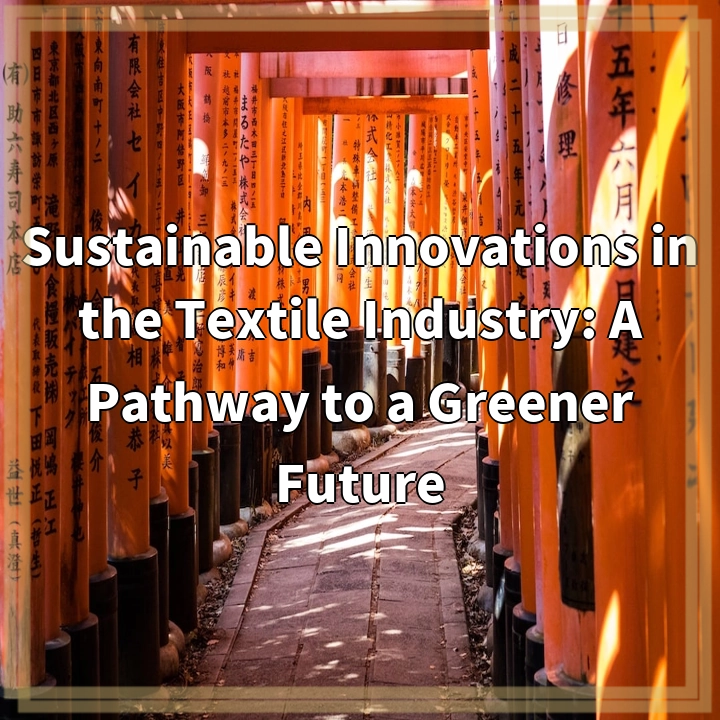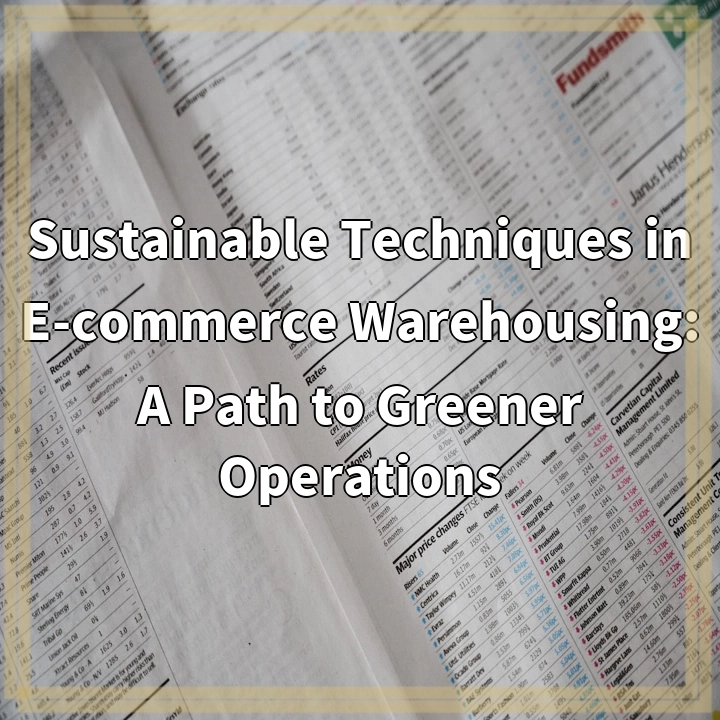
What it is:
In the textile industry, sustainable innovations refer to the adoption of environmentally friendly practices and technologies throughout the entire lifecycle of textile products. This includes reducing the use of natural resources, minimizing pollution and waste, as well as ensuring fair labor practices.
Real-world problems associated with sustainable innovations in the textile industry:
1. Resource Intensity:
The textile industry is known for its significant use of resources such as water, energy, and raw materials. The traditional textile production processes consume extensive amounts of water, energy, and chemicals, leading to increased pollution and depletion of natural resources.
2. Chemical Pollution:
Conventional textile manufacturing involves the use of various chemicals, including toxic dyes and finishing agents, which pose a significant risk to both human health and the environment. These chemicals can contaminate waterways and disrupt ecosystems, as well as cause health problems for workers and consumers.
3. Waste Generation:
The textile industry is notorious for generating massive amounts of waste. This includes fabric scraps, leftover dyes and chemicals, and discarded clothing. Improper disposal of textile waste can contribute to landfill overcrowding and release harmful substances into the environment.
4. Labor Exploitation:
In many parts of the world, labor exploitation is a prevalent issue in the textile industry. Workers, particularly in developing countries, may endure long working hours, low wages, and poor working conditions. Ensuring fair and ethical practices throughout the entire supply chain is a key challenge for achieving sustainable innovations.
5. Fast Fashion Culture:
The rise of fast fashion has exacerbated the environmental and social impacts of the textile industry. With consumers demanding cheap and trendy clothing at a rapid pace, the pressure to produce large quantities of garments quickly has led to increased resource consumption, pollution, and exploitation of labor.

Solutions to the Problems:
1. Resource Efficiency:
Implementing sustainable innovations, such as water recycling systems, energy-efficient machinery, and using organic and recycled materials, can significantly reduce the resource intensity of textile production.
2. Chemical Management:
Adopting safer and eco-friendly alternatives to toxic chemicals, promoting the use of natural dyes, and implementing strict regulations and certifications can help minimize chemical pollution in the textile industry.
3. Circular Economy Approach:
Embracing circular economy principles by improving recycling and upcycling practices, and finding innovative ways to repurpose textile waste, can effectively reduce the amount of waste generated by the industry.
4. Ethical Supply Chains:
Ensuring fair wages, safe working conditions, and ethical practices throughout the supply chain can address labor exploitation issues. Collaboration with certifications, such as Fair Trade or the Global Organic Textile Standard (GOTS), can help verify ethical standards.
5. Sustainable Consumption:
Educating consumers about the environmental and social impacts of fast fashion and promoting sustainable alternatives, such as buying second-hand or supporting eco-conscious brands, can shift the culture towards more mindful and responsible fashion choices.















